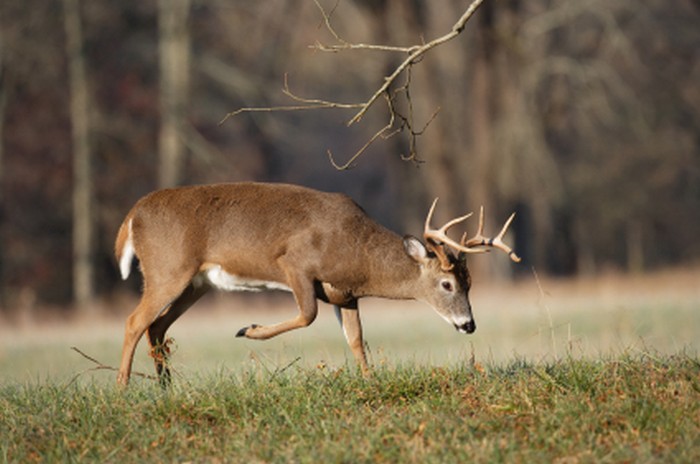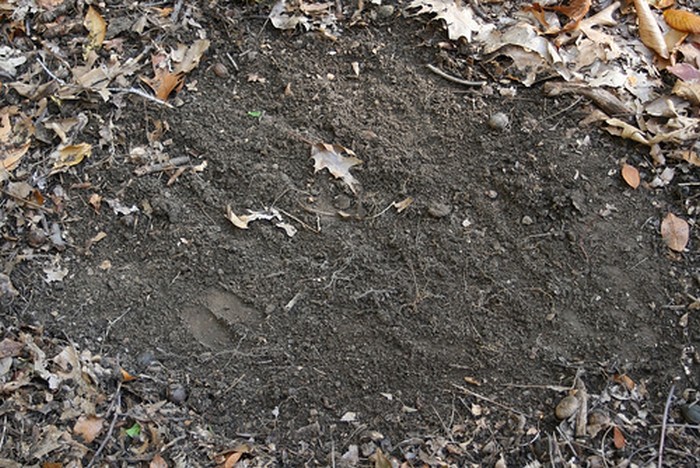White-tailed deer management is about controlling the age, genetics, and nutrition of a deer herd. These components are the nuts and bolts of producing and growing big, healthy deer. Hunters understand that whitetail, like other game animals, are a renewable natural resource that can be used for both recreation and food. This is exactly why we enjoy getting out in the woods and doing a little deer hunting each fall. Although proper doe harvest is essential for maintaining a deer population within the carrying capacity of the habitat, let’s face it, hunters really look forward to hunting for big ole mature bucks.
There are several strategies that can be used to bag a buck, but for the most part hunters are limited to hunting food, water, travel areas, or deer sign. Whitetail bucks often leave visual evidence of where they have been in the form of rubs and scrapes. Of the two, scrapes can predict the location that a buck is likely to return. Despite the fact that many mature bucks check scrapes under the cover of darkness, hunting scrapes after a rain could increase your chances of crossing paths with a big whitetail buck.

Bucks create scrapes to stake claim to “their” area. When a dominant buck works the ground he is leaving a sign that recommends other bucks should respect his presence, but more importantly he is letting receptive does in the area that he is available for breeding and ready to get to work. Whitetail scrapes will always have visual sign on the ground (made with a buck’s hooves) and scent from the pre-orbital glands on a licking branch positioned directly above the scrape.
In addition to scent located on the licking branch from a buck’s pre-orbital glands, a buck will also urinate in the scrape to add even more of his scent to the scrape. For young or new hunters that have never seen this type of deer sign, buck scrapes are relatively easy to find and identify. Scrapes are typically round-ish or oval in shape, roughly 24 inches in diameter, and the ground will have been scraped to bare earth. The licking branch is usually located about 4 foot above the ground and the tip will be broken or twisted off.

When a receptive doe encounters a buck scrape, she will urinate in it to let the scrape’s owner know that she is in estrous. Since the range of a whitetail doe is smaller than that of a buck, a buck checking a series of scrapes can begin to pin-point exactly where his hot lady is located. Seasoned deer hunters have long known that bucks return to these calling cards they created in the woods to check them and deposit some fresh scent, but the trick has always been to catch a buck at his scrape.
Game cameras, in addition to using them to scout feeders, watch food plots, and collect deer management data, can be used to monitor active scrapes and identify the buck or bucks using them. However, cameras can not shoot a buck for you so you must be present to win.
In my experience, the best time to hunt a buck scrape is immediately after a rain. Game cameras have taught me that after a rain bucks are more likely to visit their scrapes. With that said, I’m not sure if it’s because bucks that are bedded-up during the rainfall event move around to check their scrapes afterword, or if it’s because bucks know that they must freshen their rain-diluted scent. I suspect it’s the former. Either way, hunting an active buck scrape after a rain could help you bag your buck this year. Let’s just pray for some rain.
With the cold front wondering into Central Texas this week and the chance of rain, I’m sure this advice will come in handy. Maybe we will see an active rut as well.